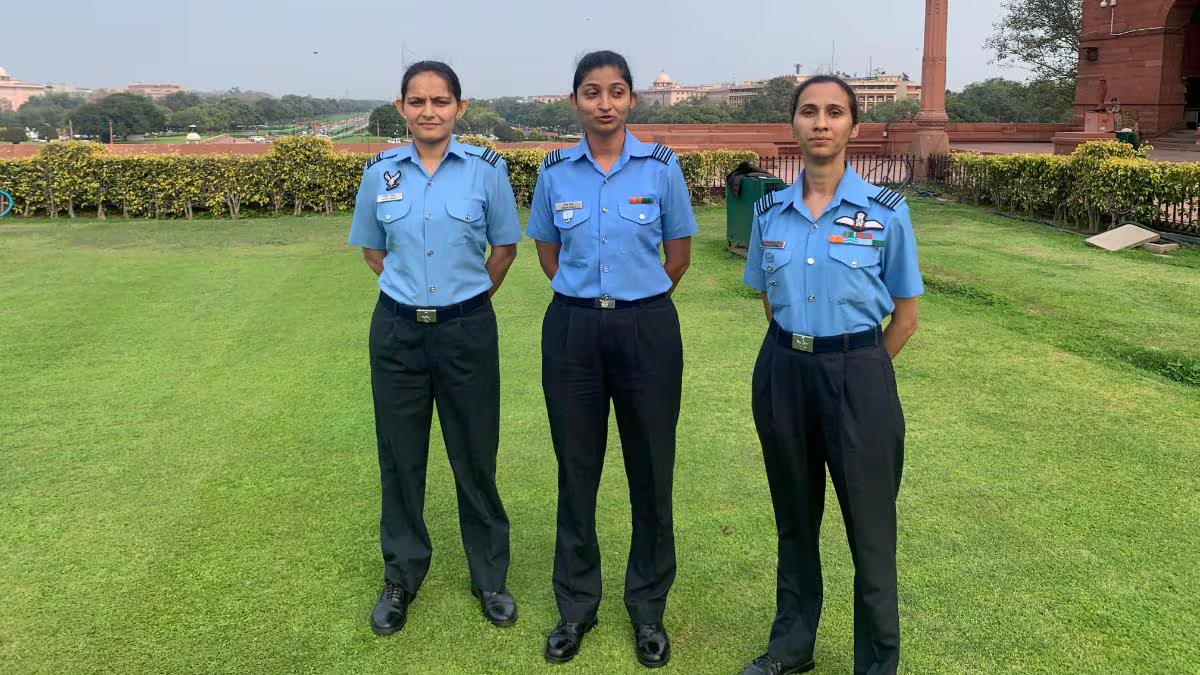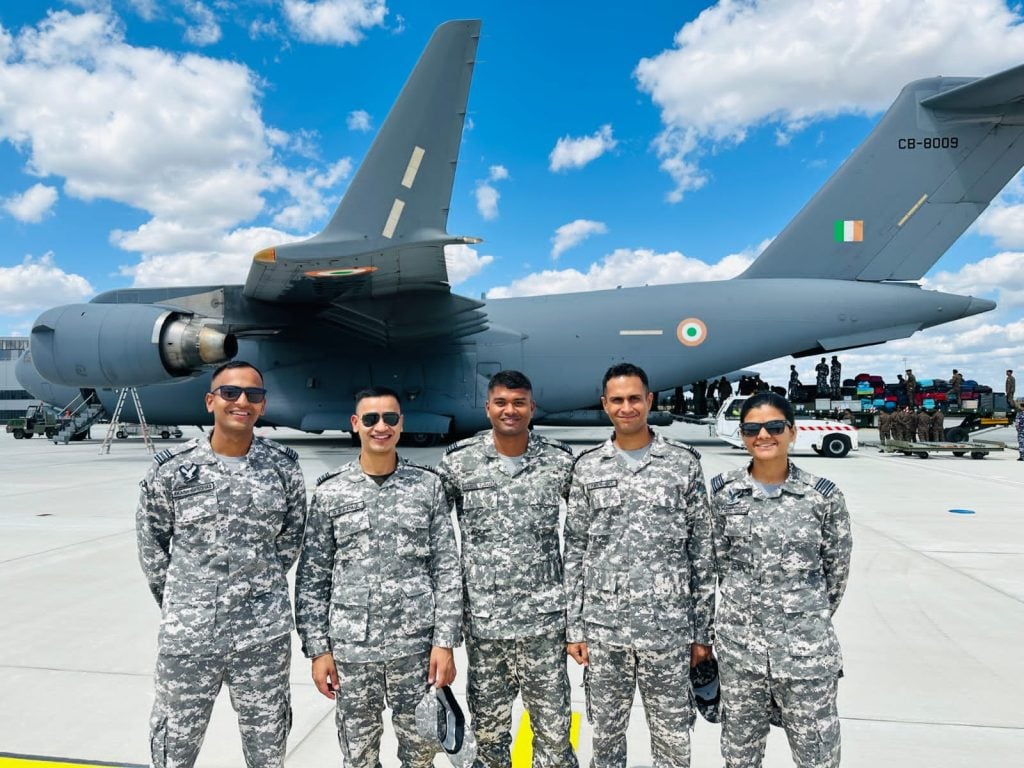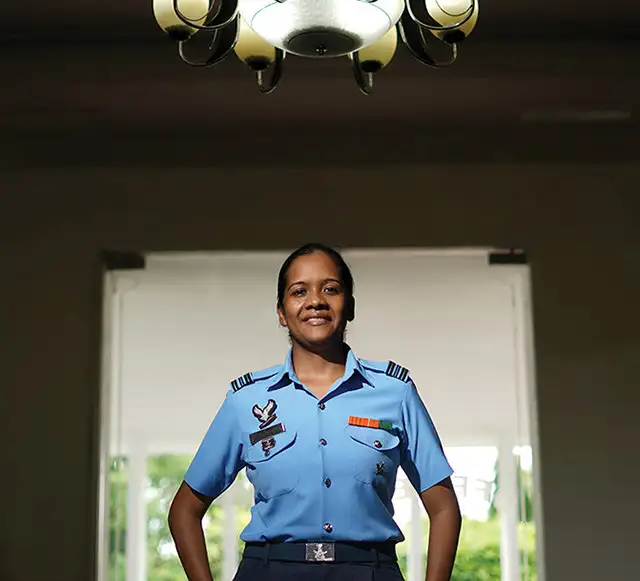The Indian Air Force (IAF) is one of the most formidable air forces in the world, known for its strength, precision, and dedication to safeguarding the nation’s skies. Among the many ranks in the IAF, the position of Squadron Leader holds significant importance.
It is a pivotal rank, not just in terms of hierarchy but also in terms of responsibilities and duties that contribute to the operational effectiveness of the Air Force. This article delves into the role, duties, and powers of a Squadron Leader in the Indian Air Force, shedding light on why this rank is vital to the IAF’s structure.
Understanding the Rank: Squadron Leader
A Squadron Leader in the Indian Air Force is an officer rank that is equivalent to a Major in the Indian Army and a Lieutenant Commander in the Indian Navy. It is a senior commissioned officer rank and one of the stepping stones towards higher command roles within the Air Force.
Typically, officers reach the rank of Squadron Leader after around 8 to 10 years of service, following successful stints as a Flying Officer and Flight Lieutenant.
Primary Responsibilities
- Commanding a Squadron:
- The most prominent duty of a Squadron Leader is to command a squadron, which is the basic flying unit in the Air Force. A squadron consists of a number of aircraft, pilots, and ground support personnel. The Squadron Leader is responsible for the operational readiness of the squadron, ensuring that both the aircraft and the personnel are prepared for any mission.
- In times of conflict, the Squadron Leader is responsible for planning and leading aerial missions, which could include combat operations, reconnaissance, or logistics support.
- Leadership and Personnel Management:
- As a Squadron Leader, the officer is responsible for the welfare, discipline, and professional development of the squadron’s personnel. This includes mentoring junior officers, managing administrative tasks, and ensuring that the squadron operates smoothly and effectively.
- The Squadron Leader must foster a culture of teamwork, discipline, and high morale among the squadron members, which is crucial for maintaining the operational efficiency of the unit.
- Operational Planning and Execution:
- Squadron Leaders play a critical role in operational planning. They are involved in strategizing missions, coordinating with other squadrons, and ensuring that the squadron’s objectives align with the broader goals of the IAF.
- They must also oversee the execution of these plans, making real-time decisions during operations to adapt to changing situations and ensure mission success.
- Training and Development:
- Continuous training is essential in the Air Force, and the Squadron Leader is responsible for overseeing the training programs within the squadron. This includes flying exercises, technical training for ground personnel, and simulated combat scenarios.
- The Squadron Leader ensures that all personnel under their command are proficient in their roles, maintain peak performance, and are ready to deploy at a moment’s notice.
- Maintenance and Technical Oversight:
- Aircraft maintenance is crucial to the operational capability of the IAF, and Squadron Leaders are responsible for ensuring that all aircraft in their squadron are properly maintained and ready for flight.
- They work closely with the engineering and technical teams to oversee regular maintenance schedules, manage repairs, and ensure that the aircraft are equipped with the necessary armaments and systems for their missions.

Powers of a Squadron Leader
- Operational Command:
- A Squadron Leader has the authority to make key operational decisions related to their squadron. This includes deciding on flight sorties, mission assignments, and deployment of resources.
- They also have the power to lead missions and give orders during combat operations, making strategic decisions that can have significant impacts on the success of the mission.
- Disciplinary Authority:
- Squadron Leaders hold disciplinary authority over the personnel in their squadron. They are responsible for enforcing military discipline, handling minor infractions, and maintaining order within the unit.
- In cases of more serious disciplinary issues, the Squadron Leader has the authority to initiate court-martial proceedings, although such actions typically require approval from higher command.
- Administrative Powers:
- The Squadron Leader has significant administrative powers, including the authority to approve leave, manage personnel assignments, and oversee the allocation of resources within the squadron.
- They also have the responsibility to ensure that all administrative procedures are followed correctly, including documentation related to flight logs, maintenance records, and personnel files.
- Training and Evaluation:
- The Squadron Leader has the power to design and implement training programs for their squadron. They are also responsible for evaluating the performance of both the pilots and ground personnel.
- This evaluation process is crucial for identifying potential leaders, recommending personnel for promotion, and ensuring that the squadron maintains a high standard of performance.

Challenges Faced by Squadron Leaders
- Balancing Operational and Administrative Duties:
- Squadron Leaders must strike a balance between their operational responsibilities, such as leading missions and ensuring squadron readiness, and their administrative duties, including personnel management and maintenance oversight. This can be a challenging task, requiring strong organizational skills and the ability to delegate effectively.
- Decision-Making Under Pressure:
- During operations, Squadron Leaders are often required to make critical decisions in high-pressure situations. The success of a mission and the safety of their personnel can depend on their ability to make quick, informed decisions.
- Maintaining Morale and Discipline:
- Ensuring high morale and discipline within the squadron is a constant challenge. Squadron Leaders must be adept at managing diverse teams, addressing conflicts, and motivating their personnel to perform at their best.
Conclusion
The role of a Squadron Leader in the Indian Air Force is one of immense responsibility and authority. These officers are at the forefront of ensuring the operational effectiveness of the IAF, leading their squadrons with dedication, skill, and an unwavering commitment to their duty.
The combination of leadership, technical expertise, and decision-making prowess required for this role makes the Squadron Leader a pivotal figure in the Indian Air Force’s hierarchy, playing a crucial role in safeguarding the nation’s skies.





